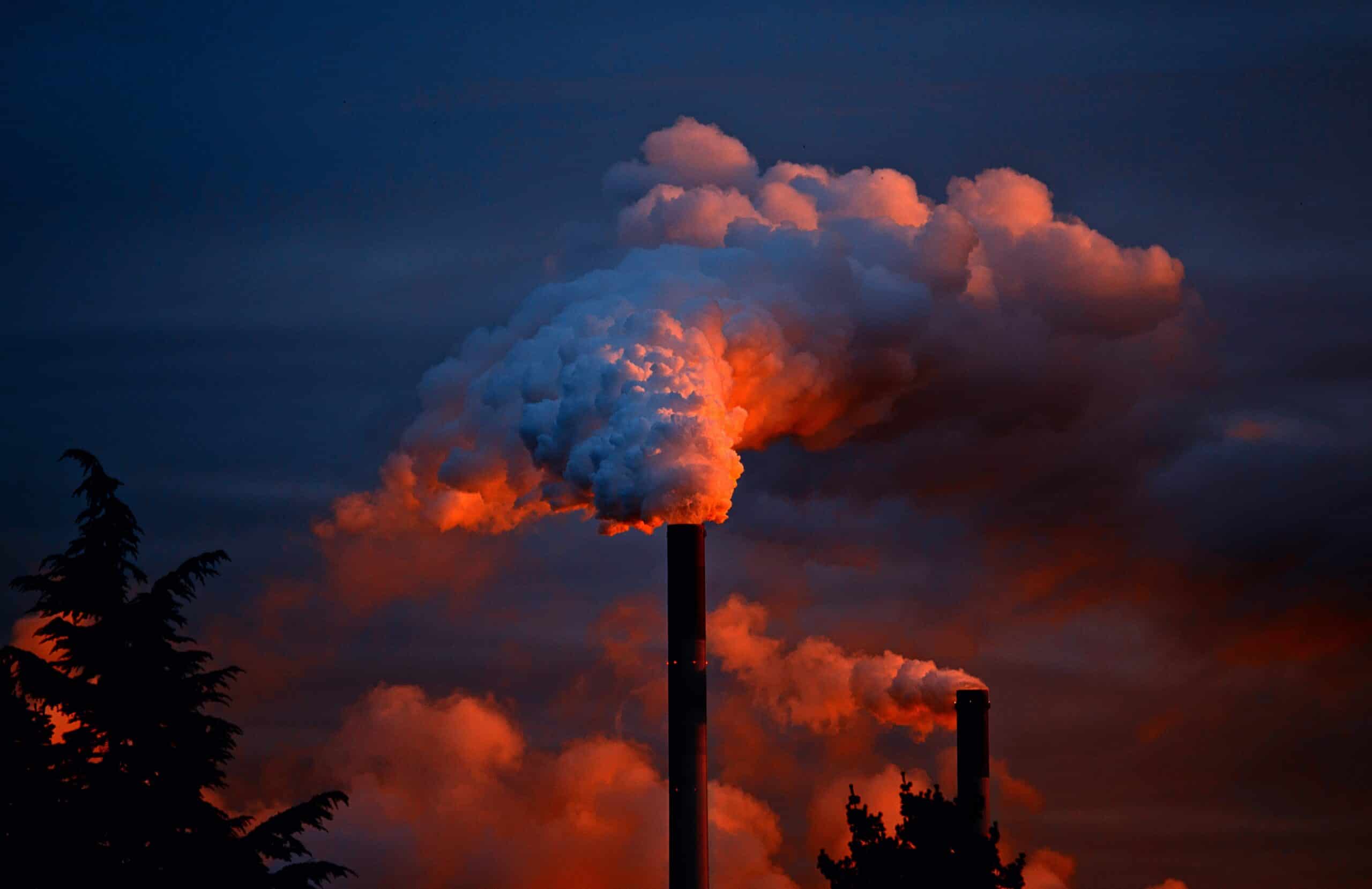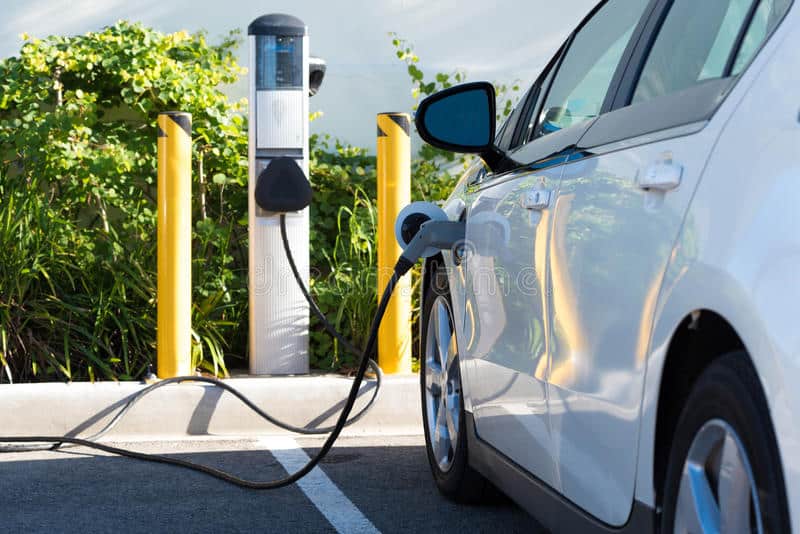Man-made molecules such as hydrofluorocarbons (HFCs) have a significant impact on the climate and air quality. HFCs are a type of greenhouse gas that are used in a variety of applications, including refrigeration, air conditioning, and insulation. They are considered to be extremely potent greenhouse gases, meaning that they have a much greater warming effect per unit of mass than other greenhouse gases, such as carbon dioxide.
HFCs are thousands of times more potent than carbon dioxide as greenhouse gases. They trap heat in the atmosphere, contributing to the warming of the planet. This warming can lead to a range of negative impacts, including more extreme weather events, rising sea levels, and changes in precipitation patterns.
In addition to their impact on the climate, HFCs can also have negative impacts on air quality. When HFCs are released into the atmosphere, they can contribute to the formation of ground-level ozone, which is a harmful air pollutant. Ozone is a major component of smog and can cause a range of health problems, including respiratory and cardiovascular issues.
Furthermore, HFCs also have a long lifetime in the atmosphere, which means that they can persist for many years and continue to contribute to climate change and air quality problems.
In recent years, there have been efforts to phase out the use of HFCs and to replace them with more climate-friendly alternatives. The Kigali Amendment to the Montreal Protocol, which was adopted in 2016, aims to phase down the production and consumption of HFCs.
It is essential that we take action to phase out the use of HFCs and to replace them with more climate-friendly alternatives in order to mitigate their impacts on the climate and air quality.
There are several alternatives to hydrofluorocarbons (HFCs) that can be used in place of HFCs in a variety of applications. Some of the most common alternatives include:
- Hydrochlorofluorocarbons (HCFCs): These are a class of greenhouse gases that have a lower global warming potential than HFCs, but are still potent greenhouse gases, and are being phased out under the Montreal protocol.
- Natural refrigerants: Natural refrigerants are compounds that are found in nature and can be used as a replacement for HFCs. Examples include carbon dioxide, ammonia, and propane. These compounds have a lower global warming potential than HFCs and are not ozone depleting.
- CO2-based systems: Carbon dioxide (CO2) is a natural refrigerant that can be used as a replacement for HFCs. CO2-based systems have a lower global warming potential than HFCs and are not ozone depleting. CO2 is a naturally occurring gas that is non-toxic, non-flammable and has zero ozone depletion potential. It has been used as a refrigerant for more than a century, but it fell out of use in the 1930s with the advent of synthetic refrigerants. The use of CO2 as a refrigerant has been gaining popularity in recent years as a more sustainable alternative to synthetic refrigerants, such as HFCs, due to its lower global warming potential and its natural abundance. CO2-based systems are also called “carbon dioxide transcritical systems” and they are widely used in commercial refrigeration, such as supermarkets and food processing plants. When used as a refrigerant, CO2 is compressed and cooled to a liquid state, where it is then used to transfer heat from the inside of the refrigerated space to the outside. CO2 is also a great heat transfer fluid for heating systems, specially for low-temperature heating systems such as underfloor heating. CO2-based systems have several advantages over traditional HFC-based systems. They have a lower global warming potential and do not contribute to ozone depletion. They also have a higher energy efficiency, which can result in energy savings for the user. They also have a better thermodynamic performance at low temperatures, which makes them suitable for use in low-temperature applications such as in supermarkets. However, CO2-based systems also have some disadvantages. They require higher pressure than traditional HFC-based systems, which can increase the cost of the system and require more robust equipment. They also have a lower thermal capacity, which means that they need more refrigerant to achieve the same cooling effect as traditional HFC-based systems.
- Isobutane: Isobutane is a hydrocarbon refrigerant that can be used as a replacement for HFCs. It has a lower global warming potential than HFCs and is not ozone depleting. Isobutane (C4H10) is a hydrocarbon compound that belongs to the family of alkanes. It is also known as isobutane, isopropane, or butane. Isobutane is a colorless, flammable gas that has a wide range of industrial and consumer uses. In the industrial sector, it is used as a refrigerant, propellant, and solvent. It is used as a refrigerant in refrigeration and air conditioning systems as an alternative to HFCs and as a propellant in aerosol cans and as a solvent in cleaning products and adhesives.
- Water: Water can be used as a refrigerant in some applications, such as in absorption chillers. It is non-toxic, non-flammable, and has zero ozone depletion potential.
- Hydrocarbons (HCs): Hydrocarbons are naturally occurring compounds that are composed of hydrogen and carbon. They are non-toxic, non-flammable, and have zero ozone depletion potential. They can be used in refrigeration and air conditioning as a replacement for HFCs.
- When used as a refrigerant, hydrocarbons are compressed and cooled to a liquid state, where they are then used to transfer heat from the inside of the refrigerated space to the outside. Hydrocarbons are also good heat transfer fluids for heating systems. There are several types of hydrocarbons that can be used as refrigerants, including propane (R290), isobutane (R600a), and propene (R1270). These hydrocarbons have a lower global warming potential than HFCs, and they are not ozone-depleting. One of the major benefits of using hydrocarbons as refrigerants is that they have a lower global warming potential than HFCs, which means that they contribute less to climate change. They also have a higher energy efficiency, which can result in energy savings for the user. However, hydrocarbons also have some disadvantages. They are flammable, which means that they require special handling, storage, and transport procedures. They also have a lower thermal capacity than HFCs.
Climate activists strongly believe that hydrofluorocarbons (HFCs) should be banned globally and replaced with natural refrigerants immediately. HFCs are extremely potent greenhouse gases that contribute significantly to the warming of the planet. They have global warming potentials that are thousands of times higher than carbon dioxide and are responsible for a significant portion of greenhouse gas emissions.
Despite the fact that HFCs contribute significantly to climate change, they are still in use in a variety of applications, including refrigeration and air conditioning. This is due to the fact that HFCs were initially seen as a “drop-in” replacement for ozone-depleting refrigerants that were phased out under the Montreal Protocol. However, it is now widely recognized that HFCs are not a long-term solution to the problem of ozone depletion, and that they are a major contributor to climate change.
The continued use of HFCs is unacceptable, as it will have a severe impact on the global climate. The urgent need to reduce greenhouse gas emissions to prevent the worst impacts of climate change makes it imperative that we phase out HFCs and replace them with natural refrigerants.
Natural refrigerants, such as CO2, ammonia, and hydrocarbons, are alternatives that have a lower global warming potential and do not contribute to ozone depletion. They are also widely available and can be used in a variety of applications. Furthermore, many companies have developed technology that uses these natural refrigerants and common sense tells us to move away from HFCs and their unnatural molecular air pollution.
Hydrofluorocarbons
Due to the phase-out of hydrochlorofluorocarbons (HCFCs), under the Montreal Protocol, hydrofluorocarbons (HFCs) emissions are dangerously growing. This report describes the linkages between…








